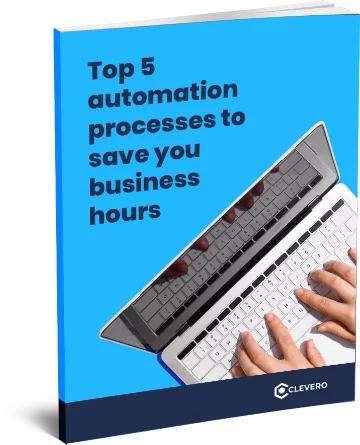Dietitians need to be on the top of their game, and technology, helps them do that effectively. But as technology is changing incessantly, the need to stay updated makes every dietitian adapt to newer products, most often, practice management software. This change in practice management software can be difficult and if given an option, most dietitians won’t accept this change. But, they have to stay competitive and bring the best out of their services. But, does this process need to be difficult?
Is pain and complexity involved in the process really the cost of more efficiency and productivity?
Let’s find out.
Why Change Platforms in the First Place?
It’s true that many dietitians are excited to use platforms that have new and better features that will help them perform as a professional and understand their patients more effectively. For other dietitians, protecting the patients’ data is the top priority. Some want more accessibility. Some are even looking forward to cloud-based solutions! So, while most professionals are making the transition to better practice management software, refusing to make the shift will definitely be like committing harakiri.
What Are the Challenges Involved in the Process?
Now that we know why platform shift is important to dietitians, it’s crucial to know what common challenges are being faced by them and what exactly can be done. So, while making the decision to switch is quite instinctive, the process of migration and making the transition is what most dietitians fear. For dietitians who are used to function using pen and paper, the transition can come with a lot of questions:
- Will this be time-consuming?
- Will the patient’s data be secured?
- Will it require maintenance?
- Will this transition prove worth-it?
Getting used to new workflows, processes, functionalities, and structures can be a huge challenge for dietitians using the same software for decades. Communication is one thing that comes up as a major challenge as the lack of it can really make the transition stall.
How Can You Mitigate the Risks Involved?
It’s true that switching practice platforms come with its own set of challenges. But, you can always make the process easier by keeping in mind a few things when making the decision for yourself or your team.
- Make sure you do your research before you make the decision. What we mean by that is you should take as much time as you think investigating the product might take.
- Ask the right and hard questions, ask for demos, sit with the software team as many times you want, talk to people who are using the software, do the company’s background check, and more.
- Make sure you know if all the important aspects of practicing are covered or integrated with the software. How well can the software work with third-party vendors? Can it be integrated with other technologies?
- If you have a team, you ought to think about them first. How much training and learning can be provided to make sure they are utilizing all the available features?
Over to You
Finally, you need to realize that change is the only constant. So put communication, hard work, patience and resilience on a pedestal while making a transition to any new practice management software. Looking for better practice management software for dietitians and nutritionists? Check out Clevero as our platform can boost your growth as a professional dietitian.







